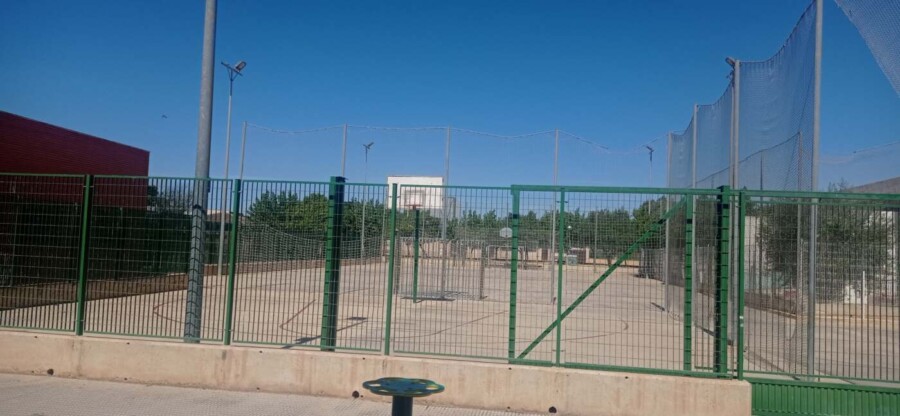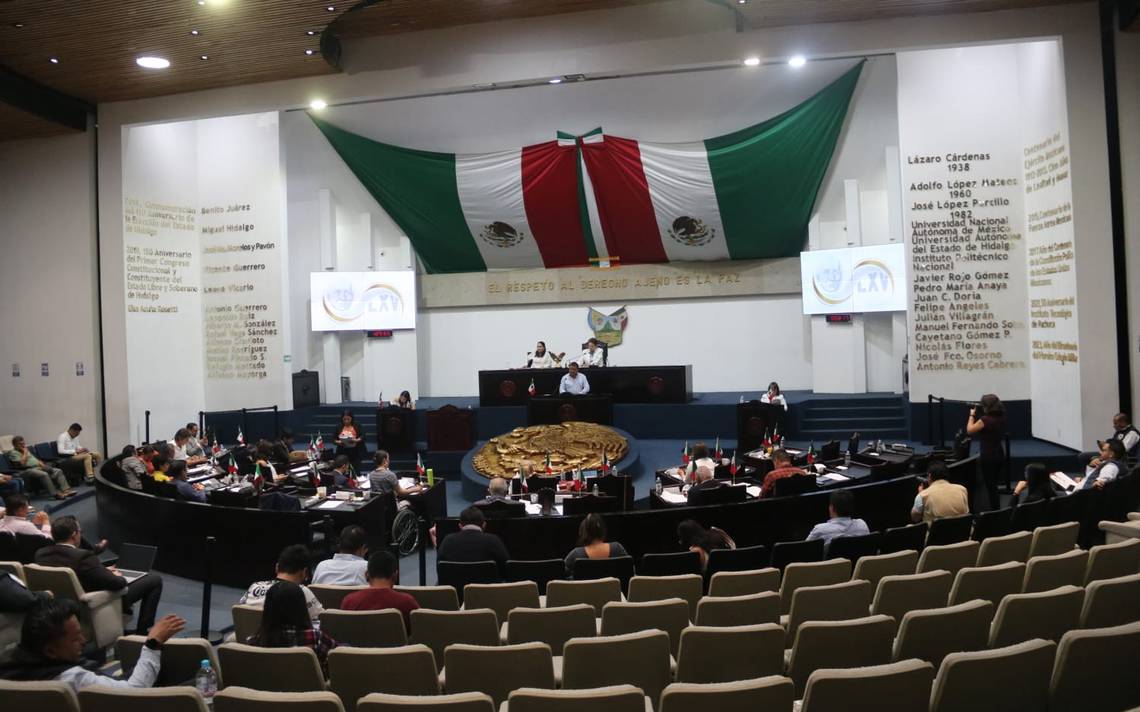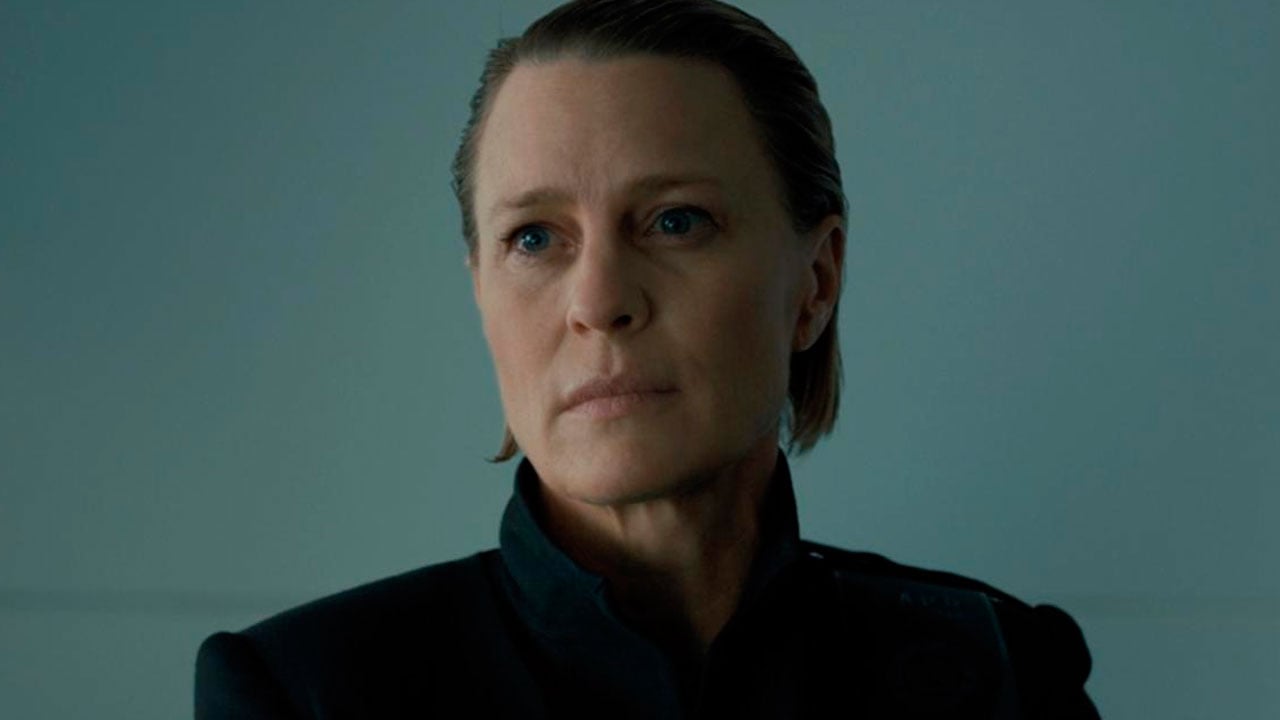To detect gravitational waves, LISA will use solid cubes of gold and platinum, known as test blocks (slightly smaller than Rubik's cubes), which float freely in a special shell at the core of each spacecraft.
Image: AEI/mm
Scientific Program Committee European Space Agency (ESA) approved. The LISA (Laser Interferometer Space Antenna) mission is a scientific effort to detect and study the ripples that occur in spacetime when supermassive black holes at the centers of galaxies collide with other massive objects.
With this step, the European Space Agency indicated that the project concept and technologies are sufficiently advanced, and gives the green light to build the devices and spacecraft. It has been an innovative model ever since LISA is a constellation of three spacecraft that will follow Earth's orbit around the Sun, forming an extremely precise equilateral triangle in space.
We invite you to read: It's a fact: the Japanese space module has already begun exploring the surface of the moon.
To detect gravitational waves, LISA will use solid cubes of gold and platinum, known as test blocks (slightly smaller than Rubik's cubes), which float freely in a special shell at the core of each spacecraft. Gravitational waves will cause small changes in the distances between masses in different spacecraft The mission will track these differences using laser interferometry. This technique requires shooting laser beams from one spacecraft to another and then overlaying their signal to determine changes in mass distances down to a few billionths of a millimeter.
“Using laser beams at distances of several kilometres, ground-based instruments can detect gravitational waves from events involving star-sized objects, such as supernova explosions or the merger of very dense stars and stellar-mass black holes. To expand the boundaries of gravitational studies we must go into space.” This was announced by Nora Lutzgendorf, lead scientist of the LISA project. “Thanks to the enormous distance traveled by LISA's laser signals, and the remarkable stability of its instruments, we will explore gravitational waves at lower frequencies than is possible on Earth, and detect events on a different scale, right back to the dawn of time.”
Each side of the triangle will be 2.5 million kilometers long (more than six times the distance between Earth and the Moon), and The ships will exchange lasers at this distance. It is scheduled to be launched in 2035 on an Ariane 6 rocket.
This work will begin in January 2025, once a European industrial contractor is selected, according to data from the European Space Agency and the Supreme Council for Scientific Research (CSIC).
Elusive signs
Just over a century ago, Albert Einstein made the revolutionary prediction that when massive objects accelerate, they shake the fabric of space-time, creating tiny ripples known as gravitational waves. Thanks to modern technological advances, it is now possible to detect these elusive signals.
Recommended note: These invasive ants are frustrating for lions in the African savannah.
Throughout the universe, LISA will identify ripples in spacetime caused by colliding massive black holes at the centers of galaxies. This will allow us to trace the origin of these objects or determine the role they play in the evolution of galaxies. “LISA is an effort that has never been tried before.” summed up Nora Lutzgendorf, the project's lead scientist.
The mission is equipped to capture the gravitational sound of the first moments of our universe, Predicted by current theories, it provides a direct glimpse into the first seconds after the Big Bang.
In addition, because gravitational waves contain information about the distance of objects they emit, the mission will help the team measure the change in the expansion of the universe using… A different standard from the techniques used by Euclid's expedition and other studies, and at the same time confirming their results.

:format(jpeg)/cloudfront-us-east-1.images.arcpublishing.com/elespectador/I2QEOAQEVJH47BKNOWQWT6AMZE.jpg)



